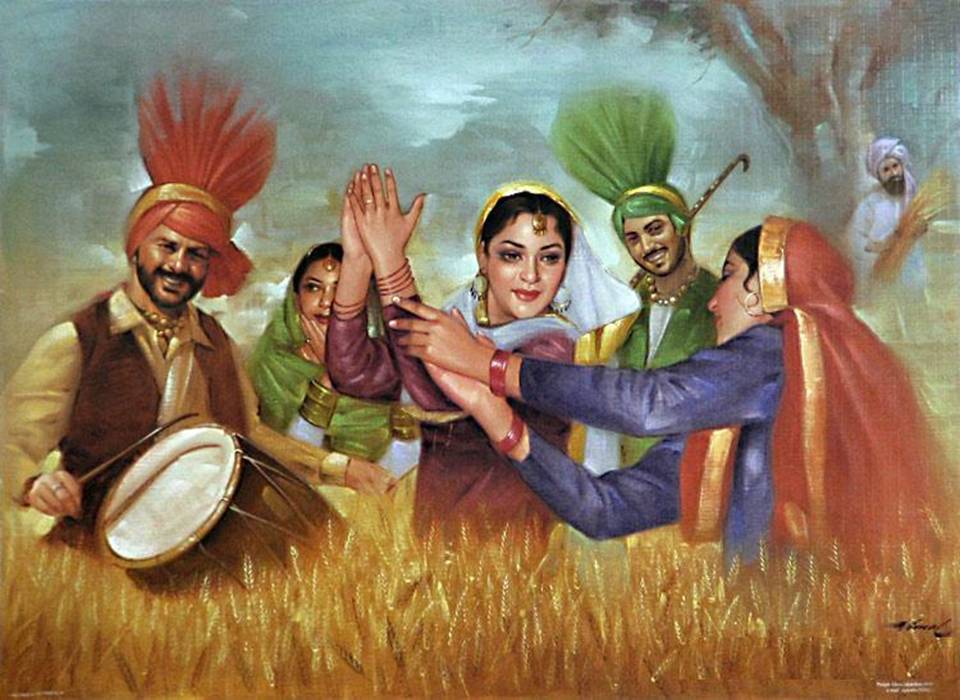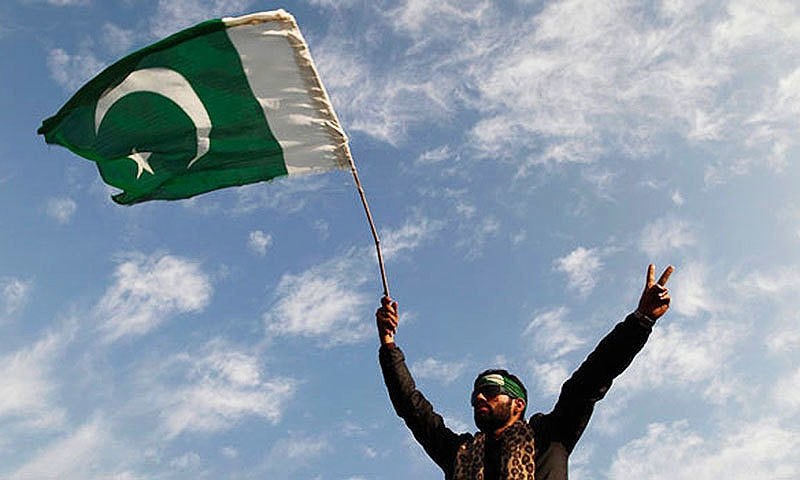By: Waqas Ahmed

When the name ‘Pakistan’ comes to mind, it’s not merely about the geographical location; it’s all about the traditions, cultures, and norms that come together to make this country exceptional. The creator of the universe bestowed Pakistan with a wonderful jumble of ethnicities and cultures, combined with its stupendous natural beauty, makes this place like no other.
Pakistan’s diverse and stunning landscapes offer a remarkable blend of deserts, forests, plateaus and mountains, Including the astonishing Karakoram, Himalayas, and Hindukush ranges. This rich topographical heterogeneity allows Pakistan to enjoy the beauty of the four seasons throughout the year.
The rich green plains of Punjab offer a unique contrast to the landscape. While the fascinating deserts of Sindh add a touch of charisma to the scenery. Baluchistan’s arid lands are both craggy and tempting, rendering a unique charm of their own. In Khyber Pakhtunkhwa (KPK), homely hospitality is a way of life, welcoming travellers with open arms. And then, there’s the paradise on earth Gilgit Baltistan, where serene mountains and untouched lakes create a mesmerizing backdrop.
Pakistan’s cultural heritage is an intriguing journey dating back 5,000 years, rooted in the Indus civilization. An ancient era that provided the bedrock for the rich variety of cultures seen today. A pivotal point in crafting Pakistan’s cultural epoch was the era of the Islamic sway, remarkable for the convergence of Arabic and Persian cultures. This era brought a wealth of knowledge, art and norms that left a strong shadow on the country’s heritage. From beautiful architecture to intricate calligraphy and the art of storytelling through poetic narrations, this influence endures.
Yet, Pakistan’s cultural history isn’t limited to just one episode. The impressions of Hindu culture run deep in Pakistani society, and these traditions continue to be cherished and celebrated. This cultural plurality is what makes Pakistan’s cultural diversity so vibrant and unique—a blend of different influences and beliefs that have come together to create a mellifluous mosaic of traditions, festivals, and a way of life that is truly amazing.
The rich diversity of religions in the country takes pride, symbolized beautifully in its national flag. While Muslims represent the majority of the population, the presence of Hindus, Christians, scheduled castes, and followers of various religions adds to the country’s vibrant and inclusive religious landscape. This diversity reflects the true spirit of unity and celebrates the harmonious coexistence of different faiths within the nation.
In the Pakistani family structure, it is common for families to live together and be governed by the eldest member. This cultural setting often results in a shared lifestyle where most families prefer to work together. What’s interesting is that other family members generally respect and willingly accept the decisions made by this elder member. This reflects the cultural richness and sense of togetherness in Pakistan.
Pakistan’s rich diversity extends to its languages, reflecting the nation’s multicultural tapestry. While Urdu stands as the national language and enjoys widespread usage, Pakistan boasts a colourful linguistic landscape. Languages such as Sindhi, Balochi, Saraiki, and Pashto contribute to the nation’s cultural rainbow.
One captivating aspect of Pakistan’s linguistic heritage is the interplay between language and literature. Pakistan inherited a shared literary tradition from the days of British India, encompassing both Urdu and English literature. This shared literary legacy continues to influence and inspire the country’s literary landscape, creating a fascinating fusion of cultural and linguistic elements in Pakistani literature.
The national dress of Pakistan is the Shalwar Qameez, while each province showcases its own diverse traditional outfits, adding to Pakistan’s rich cultural beauty. Sindhis wear a unique version of the Shalwar called Suthan, paired with a Cholla shirt. They also adorn Sindhi hats and Ajrak, which feature intricate local designs. Punjabi men prefer straight-cut Shalwar Kameez, kurta, dhoti, and lungi. They also wear various styles of Shalwar like Pothohari, Multani, and Bahawalpuri. A traditional turban, called pagri, is common in rural areas. Punjabi women typically don straight-cut Shalwar, laacha, Gagra, Kurti, lehenga, and phulkari. Pashtun often wears the traditional Peshawari Chappal. Men wear Khet purtag and Peshawari Shalwar Kameez, accompanied by distinctive headgear. Urban women favour Shalwar Qameez while in tribal areas, firaq partug is common. In the Kalash region, women don long embroidered shirts. Baloch attire includes a long jama, loose Shalwar, chadar (scarf), cotton cloth turban, and unique floating shoes. Balochi women opt for heavily embroidered Shalwar Kameez and dupatta with Shisha work. Balochi Dutch, an exquisite Balochi dress, is known for its intricate craftsmanship and time-consuming production.
Food enthusiasts in Pakistan savour a delightful array of flavours. While Nehari is a national favourite, regional specialities showcase Pakistan’s rich cultural diversity.
Balochistan boasts a unique culinary heritage with dishes like Kaak, Damphuk, Khaddi Kabbab, Bolani, and Sajji that leave a lasting impression on your taste buds.
Sindhi Biryani takes centre stage, complemented by Sai Bhaji, Curry, Aloo Tuk, Koki, and Sindhi Kadi, which captivate with their distinctive flavours.
The food-loving Punjabi people have a robust food culture of their own, with dishes like Sarson ka Saag, Tandoori Chicken, Butter Chicken, Chicken Tikka, Curry Pakora, and Paneer delights like Shahi Paneer and Khoya Paneer celebrated for their irresistible tastes.
The writer is a freelance columnist. He can be reached at [email protected]


